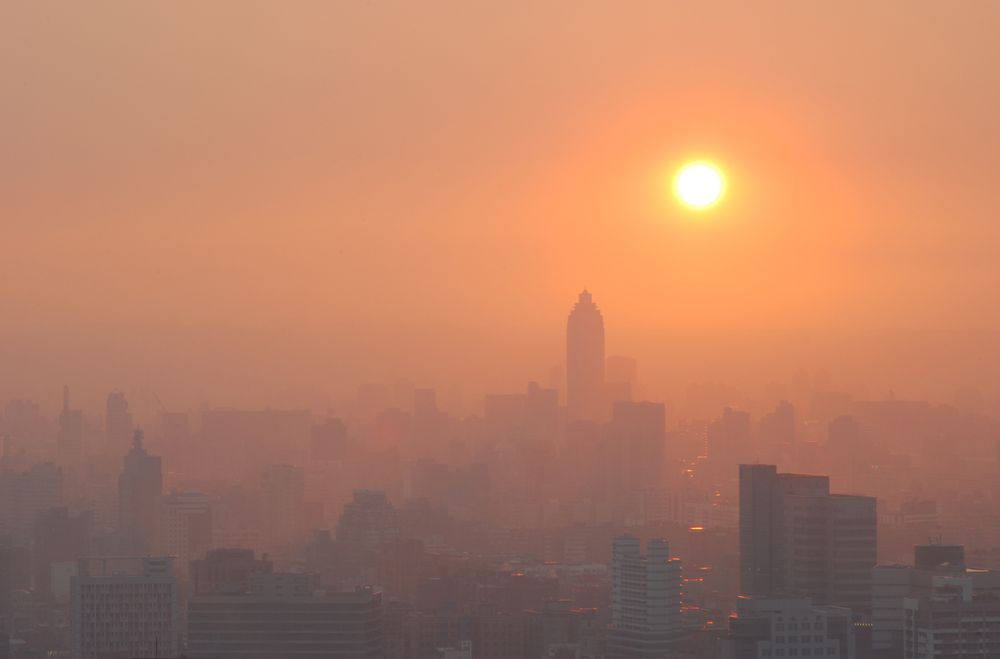It might make for some worthy Instagram pictures, but the orange-tinted, smoky, dirty haze that's covering huge parts of the U.S. this week is not pretty.
Smoke from Canadian wildfires has triggered air-quality alerts in major cities in the northeast including New York City, Detroit, Philadelphia and Washington D.C. CNN reports that the smoke could be trapped in some areas, while in other places it could move on to cover areas further south. The smoke has gotten so bad that some schools have been canceled and many areas are canceling outdoor activities and warning people to stay indoors if possible.
What the Hell happened?
Forest fires in Canada raging across almost 10 million acres, the worst the country has ever seen, have been forcing thousands of people from their homes. A lot of the blame has focused on fires in the eastern province of Quebec, but the country is getting hit in the east and west at the same time. U.S. firefighters have rushed in to help, but it's an ongoing battle.
The smoke from these fires has wafted down to the U.S. and while forecasts might predict where that smoke might go, it's much harder to determine where new smoke from ongoing fires will go.
How long will this last?
Again, it's hard to say because new smoke is still coming, but some trackers suggest that north states might get some relief starting Thursday and the smoke moves southeast. If that keeps happening, The Washington Post reports, a lot of the smoke could get pushed off shore, bringing relief to northeastern states.
Ominously, though, the same story says, "The fire season in Canada is only beginning, so additional bouts of smoke are probable through the summer months."
Who's likely to be affected most?
Welp, this should come as no surprise, but people who have limited resources for things like air purifiers, filtration masks, or just the ability to travel to areas with better air will be disproportionately affected, as has happened in the past.
Along racial lines, we just wrote last month about Black kids having the worst asthma rates in the country. Poor air quality makes things worse for these kids and the wildfire smoke will likely trigger asthma attacks in affected areas. One interesting proposal we saw recently: why not make schools that have upgraded filtration systems (which were installed due to Covid-19) into wildfire air safety zones for citizens? Seems like a great idea to us.
What can you do?
Apart from just staying indoors and waiting out the worst of it, NPR's LIfe Kit suggests a few tips for how to minimize your exposure: first off, know what the situation is in your area by checking out sites like AirNow. Once you know the risk level you can determine whether you can safely be outside for very long.
Indoors, keep windows and doors closed, cover up cracks with towels and use your central air if you have it to filter air. Use an air purifier if you have one (Wirecutter has some good picks ranging from $100-$300 if you want to buy a device). If you're driving, push the button to circulate air in the car, not draw it from the outside.
Use moisturizer to keep smoke particles out of your pores and stay hydrated. Good luck; we're in this one together.

Comments
Leave a comment